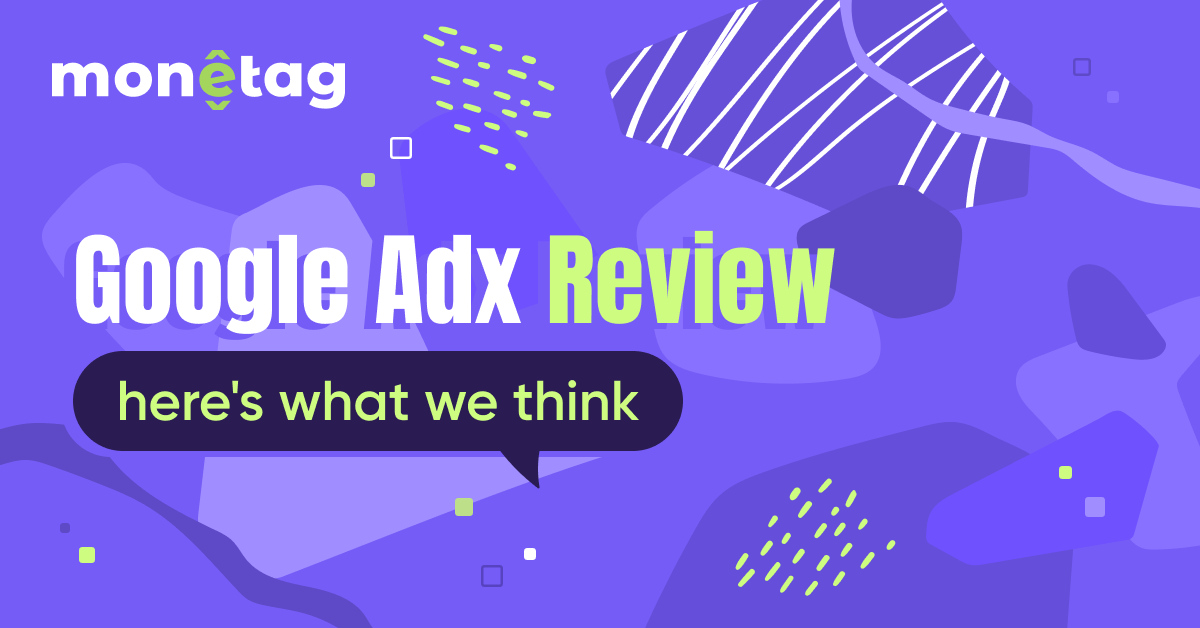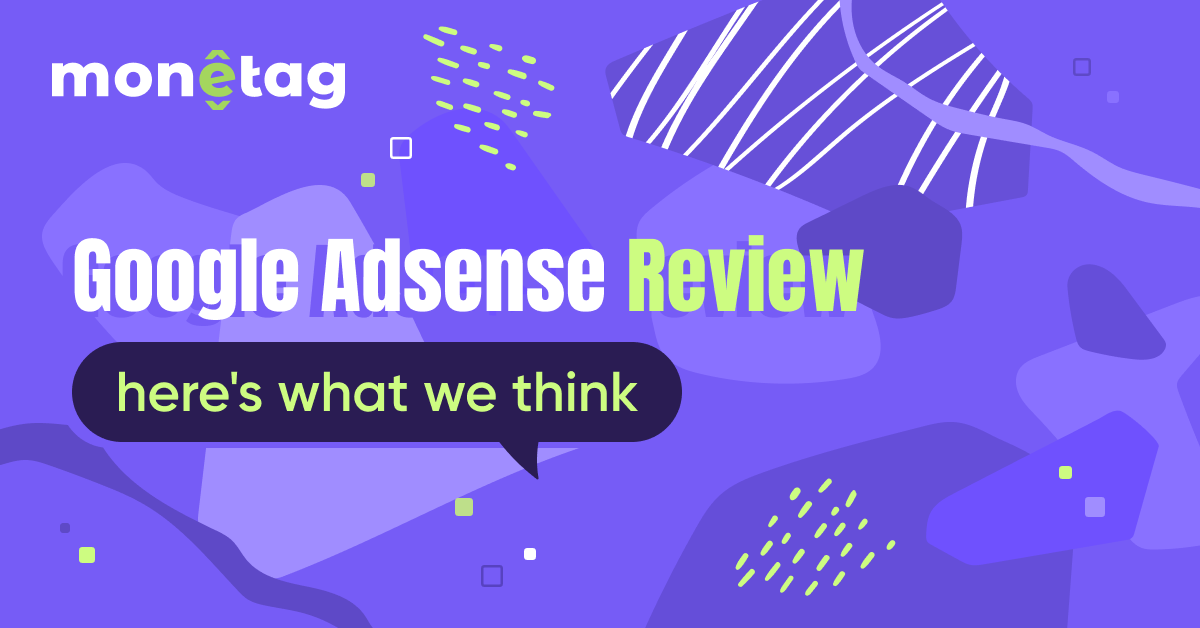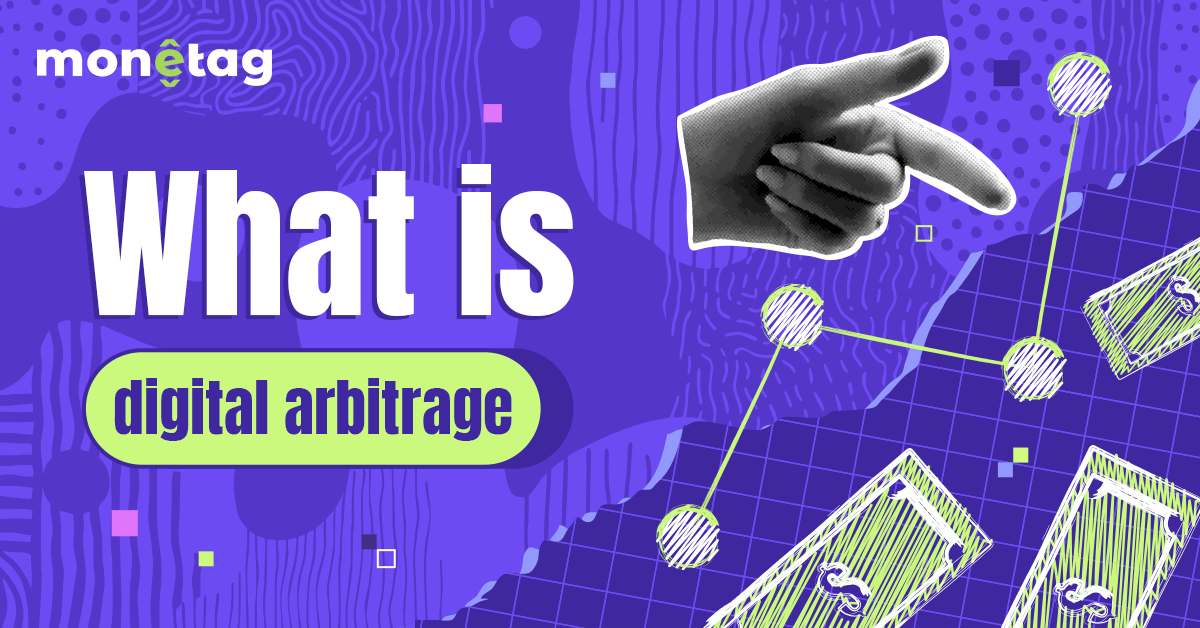| Feature | Google AdX | Google AdSense |
|---|---|---|
| Access | Invite-only | Open to all |
| Ad Quality | Premium brands | Mixed advertisers |
| Control | Full pricing controls | Automated rates |
| Revenue | 3-5x higher CPMs | Standard rates |
| Requirements | 100 M+ monthly pageviews | Basic content policies |
Google AdX Review: The Premium Ad Exchange for Publishers

If you’re a publisher looking to maximize ad revenue, you’ve probably heard whispers about Google AdX (Now Google Ad Manager)— Google’s elite ad exchange that often pays 3- 5x more than AdSense. But what exactly is it, and how can you get in?
Let’s break it down.
What is Google AdX?
Google Ad Manager, formerly Google AdX (Ad Exchange), is Google’s invite-only programmatic ad marketplace where premium advertisers bid in real-time for your ad space. Unlike AdSense (which serves basic display ads), AdX connects you to:
- High-paying brand advertisers (Nike, Coca-Cola, etc.)
- Programmatic demand (including other ad networks)
- Advanced ad formats (video, native, interactive)
Think of it as the “Wall Street” of ad selling—where bids happen in milliseconds and CPMs soar. But here’s the catch: Google AdX requirements are strict, and direct access is reserved for big players.
Google AdX vs. AdSense: Key Differences
Google AdX Requirements
AdX Google keeps its requirements vague. So, there are no precise guidelines on how to get a Google AdX account. However, based on publisher reports, you’ll need:
- High-quality traffic (primarily Tier 1 countries: US, UK, Canada, etc.)
- Professional website design (no spammy layouts)
- Strong content policies (no copyright violations, fake news)
- Substantial traffic (historically 100 M+ monthly impressions, but exceptions exist)
How to Apply for Google AdX?
If you’re a large publisher (100M+ monthly pageviews), follow these steps:
- Get invited (Rare). Google sometimes emails high-traffic sites directly. If you’re running AdSense at scale, check your account for alerts.
- Manual application. Go to Google’s MCM (Multiple Customer Management) Portal. Submit your site for review (expect 4-8 weeks of waiting). Google checks traffic quality (Tier 1 countries preferred), content policies (no spam, copyright issues), and ad experience (no excessive pop-ups, auto-play videos).
- Pass the review. If approved, you’ll get access to the Google AdX dashboard. If rejected, you’ll get a vague reason (e.g., “traffic quality issues”).
Problem? Most small-to-mid sites won’t qualify this way. So what’s the workaround?
How to Get a Google AdX Account (For Smaller Publishers)
Since Google rarely approves small sites directly, your best options are:
- Option 1: Use an AdX reseller
Companies like Ezoic, Mediavine, or Freestar act as middlemen. They pool traffic from multiple sites to meet Google’s 100M+ pageview requirement. You get AdX demand without applying directly. They take a 10-20% revenue cut.
- Option 2: Partner with an ad network
Some networks (like NitroPay or PubGalaxy) offer AdX access with lower traffic thresholds (1 M+ monthly visits). They handle the tech setup, while you pay a rev share (15-30%).
Google AdX API: For Advanced Publishers
If you’re tech-savvy, the Google AdX API lets you:
- Pull real-time revenue data.
- Adjust ad floor prices automatically.
- Integrate with your ad server.
But it’s complex—most publishers stick with managed platforms.
Pricing: What AdX Really Costs
No upfront fees, but Google takes ~20% of ad spend. AdX resellers take an additional 10-20%. The minimum payouts are the same as AdSense – $100.
Example Earnings:
- AdSense: $5 RPM
- AdX: $15−25 RPM (for same traffic)
Final Verdict: Is AdX Worth It?
Yes, if you’re a large publisher (or partner with one), you want premium ad demand, or you’re ready to optimize header bidding.
However, it’s not your best solution if you’re small (<1M monthly visitors), uncomfortable with complex setups, and hate revenue shares



